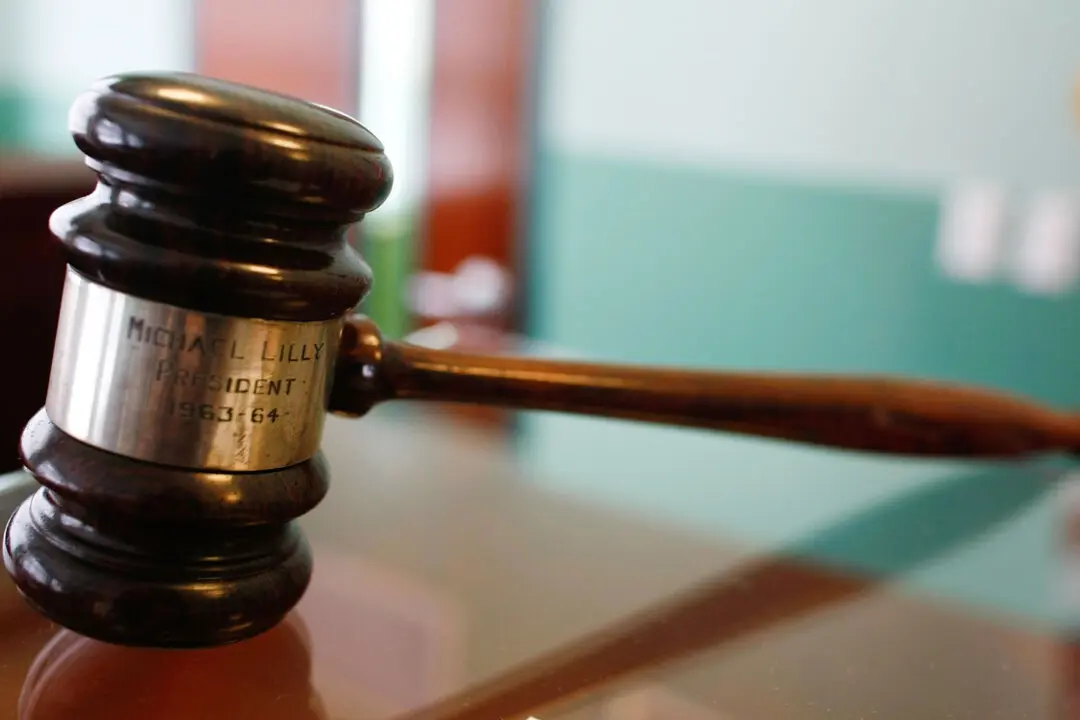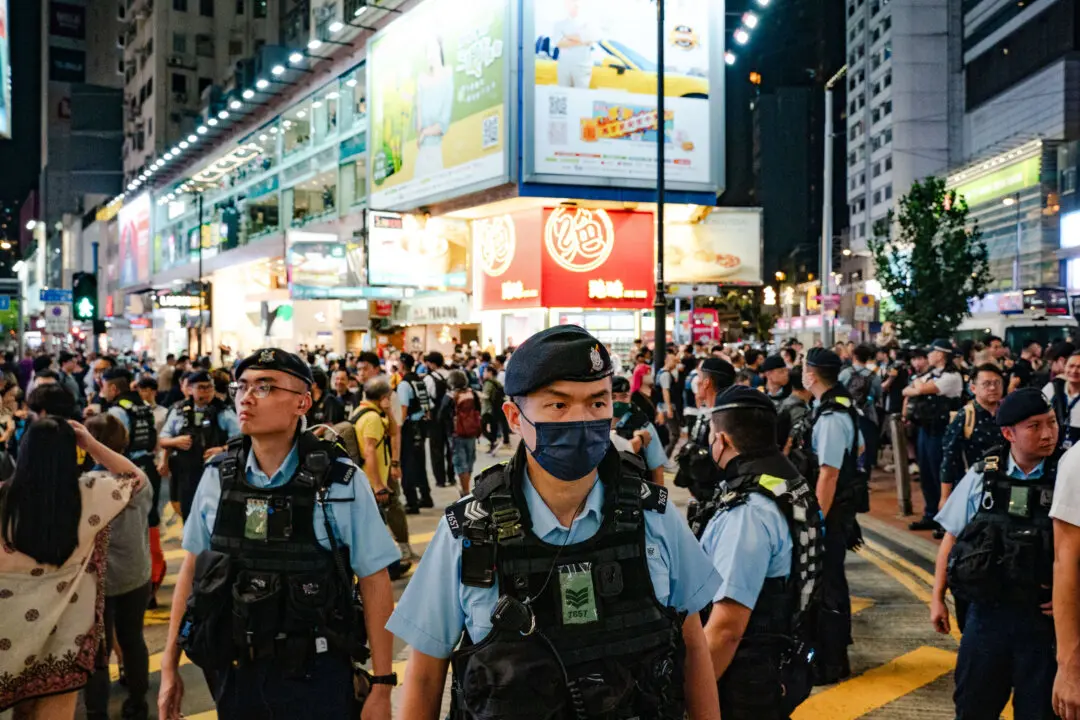Aboriginal leader and former politician Warren Mundine AO has blamed the high rates of Aboriginal incarceration on the breakdown of social norms that followed the “mass transition” from work to welfare dependency in Aboriginal communities in the 1970s.
Mundine was speaking at CPAC, the largest conference for conservatives in Australia, on Wednesday when he told the audience to “be prepared for a bit of truth talking, be prepared for a bit of myth-busting.”





